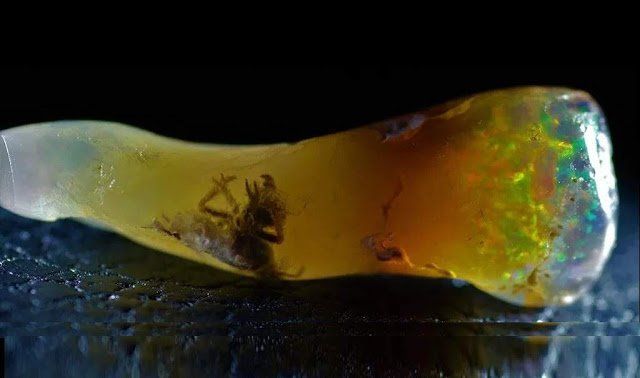- Joined
- May 1, 2014
- Messages
- 1,958
- Reaction score
- 2,530
We've all seen insects in amber but how about this - Insect preserved in opal
Still a few people arguing about whether it's even possible or not but either way it's intruiging.
Still a few people arguing about whether it's even possible or not but either way it's intruiging.




